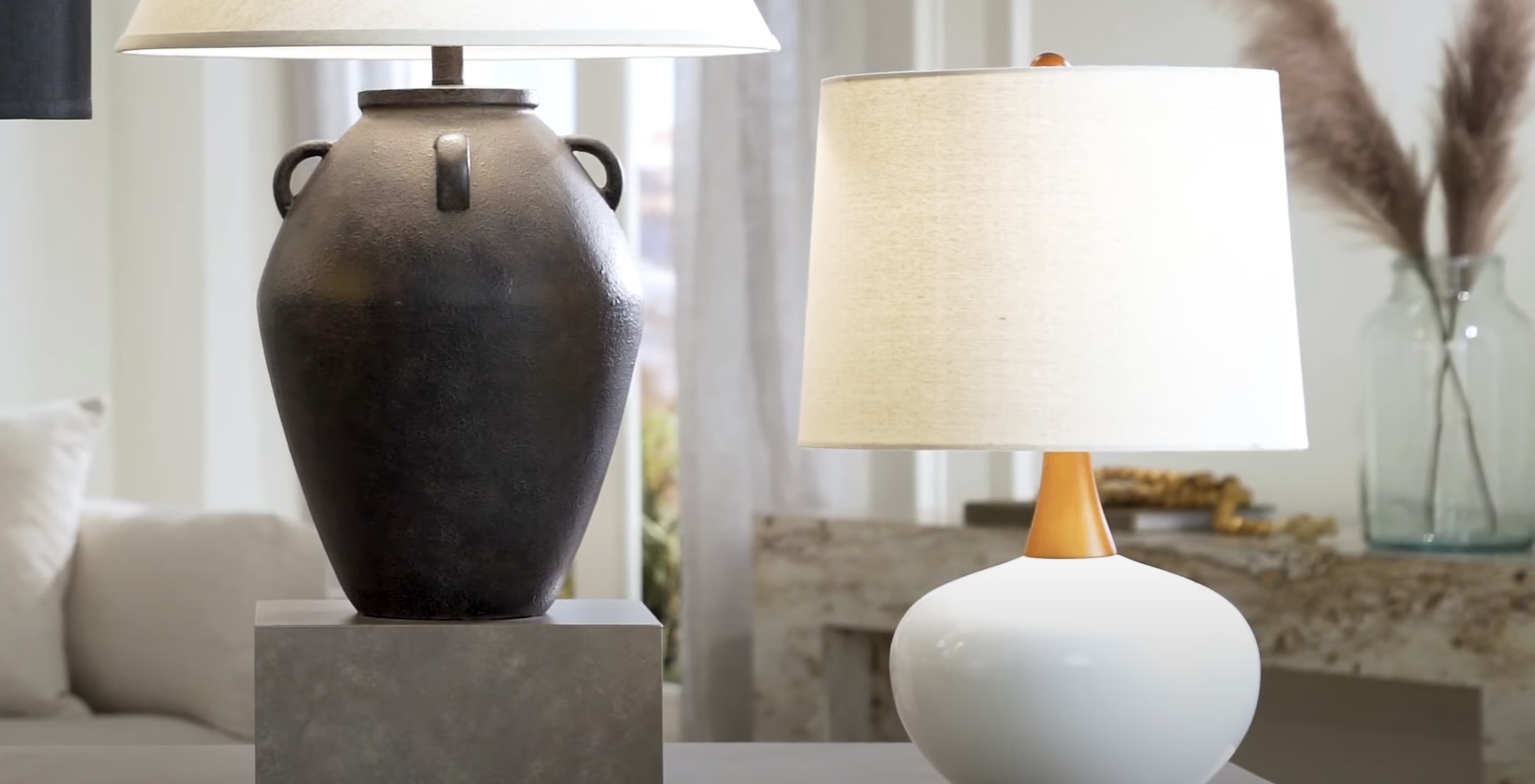

Furniture
How To Know What Size Of Lamp Shade You Need
Modified: January 6, 2024
Discover how to determine the perfect lamp shade size for your furniture. Expert tips and guidelines for choosing the right fit.
(Many of the links in this article redirect to a specific reviewed product. Your purchase of these products through affiliate links helps to generate commission for Storables.com, at no extra cost. Learn more)
Introduction
Welcome to our guide on how to determine the perfect size of lamp shade for your lamp base. When it comes to lighting, the lamp shade not only plays a practical role in diffusing light but also adds aesthetic value to your room. Getting the right size of lamp shade is crucial to ensure proper lighting functionality and create a harmonious visual balance.
Understanding lamp shade dimensions and knowing how to measure your lamp base correctly are essential steps in finding the perfect fit. In this article, we will walk you through the process of determining the appropriate diameter and height for your lamp shade. We will also discuss how to choose the right shape and style, as well as consider your lighting needs.
Whether you are looking to replace an existing lamp shade or purchase a new one, this comprehensive guide will help you make an informed decision. Let’s get started!
Key Takeaways:
- Choosing the right lamp shade size is crucial for both functionality and aesthetics. Consider proportions, room size, and lighting needs to create a harmonious and personalized lighting experience.
- Understanding lamp shade dimensions and measuring your lamp base accurately are essential steps in finding the perfect fit. Consider style, shape, and lighting needs to enhance your space with the ideal lamp shade size.
Read more: How To Know If You Need A Humidifier
Understanding Lamp Shade Dimensions
Before we dive into measuring your lamp base and selecting the right lamp shade size, let’s first understand the different dimensions of a lamp shade. Lamp shades are typically described by two main dimensions: the diameter and the height.
The diameter refers to the width of the lamp shade, measured across the bottom opening. It plays a significant role in determining the proportion of the lamp shade to the lamp base. The height, on the other hand, is the distance from the bottom of the lamp shade to the top. This dimension affects the amount of light that is emitted and the overall visual impact of the lamp.
It’s important to note that lamp shade dimensions can vary depending on the style and design. Some lamp shades have a tapered shape, meaning they have a larger diameter at the bottom and a smaller diameter at the top. Others may have a drum shape with a consistent diameter from top to bottom. Understanding these variations will help you in selecting the right lamp shade for your specific needs.
Now that we have a basic understanding of lamp shade dimensions, let’s move on to measuring your lamp base to ensure a proper fit.
Measuring the Lamp Base
Before you can determine the size of lamp shade you need, you must first measure the lamp base. This will serve as the foundation for selecting the appropriate lamp shade dimensions.
To measure the lamp base, you will need a few simple tools: a measuring tape or ruler, and a piece of paper or notepad to record the measurements. Follow these steps to get accurate measurements:
- Start by measuring the base’s width or diameter. Measure across the widest part of the base, including any decorative elements or handles. Note down this measurement in inches or centimeters.
- Next, measure the height of the base from the bottom to the top where the lamp shade will sit. Make sure to measure from the base itself, excluding any neck or socket. Note down this measurement as well.
- If your lamp base has any unusual shapes or protruding elements, take note of those measurements as well. These details will help you choose a lamp shade that accommodates any unique features of your lamp base.
Once you have measured the lamp base, you are ready to move on to determining the appropriate diameter and height for your lamp shade.
Determining the Diameter
Now that you have the measurements for your lamp base, it’s time to determine the diameter of the lamp shade that will fit perfectly. The diameter of the lamp shade impacts both the visual balance and the functionality of the lighting.
A general rule of thumb is to choose a lamp shade diameter that is approximately two-thirds the height of the lamp base. This creates a visually pleasing proportion and ensures that the lamp shade doesn’t overpower the lamp base.
For example, if your lamp base has a height of 18 inches, you would aim for a lamp shade with a diameter of around 12 inches. However, keep in mind that this is just a guideline, and personal preference and the style of your lamp base can also influence your decision.
If your lamp base has an unusual shape or decorative elements, consider the widest point of the base when measuring for the diameter. It’s essential to choose a lamp shade that covers the widest part of the lamp base to create a cohesive and balanced look.
Remember, the diameter determines how much light is diffused and the overall presence of the lamp in the room. A larger diameter will provide a broader spread of light, while a smaller diameter will result in a more focused and concentrated illumination.
Take the time to experiment with different diameter options and consider the overall style and function of your lamp base. Don’t be afraid to mix and match different sizes to find the perfect fit.
Selecting the Height
Choosing the right height for your lamp shade is as crucial as determining the diameter. The height directly affects the amount of light that is emitted and the overall aesthetics of the lamp. Consider the following factors when selecting the height of your lamp shade:
- Functionality: Think about the intended purpose of the lamp. If you’re using it for reading or tasks that require focused lighting, a taller lamp shade may be more appropriate. On the other hand, if you’re looking for ambient or ambient accent lighting, a shorter lamp shade can help create a softer and more diffused glow.
- Proportion: The height of the lamp shade should complement the lamp base and the overall size of the lamp. As a general rule of thumb, the lamp shade should be approximately one-third the height of the lamp base. This creates a visually balanced and pleasing proportion. However, keep in mind that personal preference and the style of your lamp base can also influence your decision.
- Style: Different lamp shades have varying heights to achieve different aesthetic effects. A taller, drum-shaped lamp shade can create a modern and sleek look, while a shorter, tapered lamp shade can add a touch of traditional elegance. Consider the overall style and theme of your room when selecting the height of your lamp shade.
It’s essential to note that some lamp bases have a harp or spider fitting, which allows you to adjust the height of the lamp shade. This gives you flexibility in finding the perfect balance between functionality and aesthetics.
Ultimately, choosing the height of your lamp shade is a personal preference. Take the time to experiment with different heights and consider how they affect the lighting and overall ambiance of your space. Remember, the right height can truly transform the look and feel of your lamp.
Measure the height and width of your lamp base. The height of the shade should be about 3/4 the height of the base, and the width should be about twice the width of the base.
Read more: What Is A Spider Lamp Shade
Considering Shape and Style
When it comes to lamp shades, shape and style are just as important as the dimensions. The shape and style of the lamp shade can drastically impact the overall look and feel of your lamp. Here are some factors to consider when selecting the shape and style:
- Room Decor: Take into account the existing decor and style of your room. The lamp shade should complement the overall aesthetic, whether it’s modern, traditional, eclectic, or minimalist. Consider the shape and style of other lighting fixtures and furniture in the room to create a cohesive and harmonious look.
- Lamp Base Shape: The shape of your lamp base can guide you in selecting a lamp shade shape. For example, if your lamp base has a curved or round silhouette, a drum-shaped lamp shade can complement it beautifully. On the other hand, a square or angular lamp base pairs well with a square or rectangular lamp shade.
- Light Direction: Different lamp shade shapes direct light in different ways. A tapered or cone-shaped shade focuses the light downward, making it ideal for task lighting. A bell-shaped shade directs light both upward and downward, creating a warm and ambient glow. Consider your lighting needs and preferences when choosing the shape of the lamp shade.
- Texture and Materials: Lamp shades come in a variety of materials and textures, such as fabric, paper, metal, or glass. The material and texture can add visual interest and enhance the overall style of the lamp. Consider the mood and atmosphere you want to create in your space when selecting the material and texture of the lamp shade.
Remember, the shape and style of the lamp shade should not only complement your lamp base but also reflect your personal taste and the overall design aesthetic of your home. Don’t be afraid to get creative and experiment with different shapes and styles to find the perfect match.
Taking into Account Lighting Needs
When selecting the size of your lamp shade, it’s essential to consider your lighting needs. The lamp shade not only diffuses light but also plays a significant role in the direction and intensity of the illumination. Here are some factors to keep in mind:
- Task Lighting: If you’re using the lamp for specific tasks like reading, studying, or crafting, consider a lamp shade that allows for focused and directed light. A narrower and taller lamp shade can help direct the light onto your workspace, providing optimal illumination for tasks.
- Ambient Lighting: If you’re looking to create a cozy and inviting ambiance, consider a lamp shade that provides softer and diffused lighting. A broader and shorter lamp shade can help disperse light more evenly, creating a warm and inviting atmosphere in the room.
- Light Output: Consider the transparency of the lamp shade material and how it affects the light output. A lighter, more translucent material will allow more light to pass through, while a darker or thicker material may result in a more focused and concentrated illumination.
- Dimming Ability: If you desire versatility in your lighting, consider a lamp shade that is compatible with dimmer switches. This allows you to adjust the brightness and mood of the room according to your preferences and needs.
It’s important to strike a balance between the functional lighting needs and the aesthetic appeal of the lamp shade. Additionally, consider the overall lighting scheme in your room and how the lamp shade will contribute to the overall ambiance and atmosphere.
By considering your lighting needs, you can choose a lamp shade size that not only enhances the visual appeal of your lamp but also provides the desired lighting experience for your specific activities and mood.
Tips for Choosing the Right Lamp Shade Size
Choosing the right size lamp shade can greatly enhance the overall look and functionality of your lamp. To help you make an informed decision, here are some tips to keep in mind:
- Proportion is Key: Consider the proportion between the lamp shade and the lamp base. As a general rule, the lamp shade should be approximately two-thirds the height of the lamp base. This creates a visually pleasing balance.
- Measure the Lamp Base: Take accurate measurements of the lamp base’s diameter and height. This will serve as a guide in selecting the appropriate diameter and height for your lamp shade.
- Consider Room Size: Take into account the size of the room where the lamp will be placed. In larger rooms, you may opt for larger lamp shades that make a bold statement, whereas in smaller rooms, smaller or more streamlined lamp shades may be more appropriate.
- Think about Lamp Function: Consider the intended purpose of the lamp. If you primarily need task lighting, choose a lamp shade that directs light downward and onto your workspace. For ambient lighting, opt for a lamp shade that provides softer and diffused illumination.
- Take Style into Account: Choose a lamp shade that matches the style and decor of your room. Consider the shape, material, and texture of the lamp shade to create a cohesive and harmonious look.
- Experiment and Mix It Up: Don’t be afraid to experiment with different sizes, shapes, and styles. Mix and match lamp shades to create a unique and personalized look that reflects your taste and personality.
- Consider Lighting Needs: Take into account your specific lighting needs, whether it’s focused task lighting or ambient mood lighting. Choose a lamp shade that aligns with your desired lighting outcome.
- Seek Professional Advice: If you’re unsure about selecting the right lamp shade size, consult with a lighting specialist or interior designer who can provide expert guidance based on your individual needs and preferences.
Remember, choosing the right lamp shade size is a combination of practical considerations and personal style. By following these tips and considering your specific needs, you can find the perfect lamp shade that not only enhances the functionality of your lamp but also adds a touch of style to your space.
Conclusion
Choosing the right size lamp shade is essential for creating a harmonious and functional lighting experience in your space. By understanding lamp shade dimensions, measuring the lamp base, and considering factors such as diameter, height, shape, style, and lighting needs, you can make an informed decision that enhances the aesthetic appeal and functionality of your lamp.
Remember to keep proportion in mind when selecting a lamp shade, aiming for a two-thirds height ratio to the lamp base. Take accurate measurements of the lamp base and consider the overall size of the room to ensure the lamp shade fits appropriately. Explore different shapes and styles that align with your room decor and personal style.
Additionally, consider your lighting needs when choosing a lamp shade size. Whether you require task lighting or ambient lighting, selecting an appropriate lamp shade helps achieve the desired lighting outcome. Don’t be afraid to experiment and seek professional advice if needed.
By following these tips and considerations, you can confidently choose the right size lamp shade that complements your lamp base, adds aesthetic value to your room, and provides the ideal lighting experience for your space.
Now that you have a comprehensive understanding of how to determine the perfect size of lamp shade, you are ready to embark on the journey of transforming your lamp into a beautiful and functional centerpiece in your home.
Frequently Asked Questions about How To Know What Size Of Lamp Shade You Need
Was this page helpful?
At Storables.com, we guarantee accurate and reliable information. Our content, validated by Expert Board Contributors, is crafted following stringent Editorial Policies. We're committed to providing you with well-researched, expert-backed insights for all your informational needs.
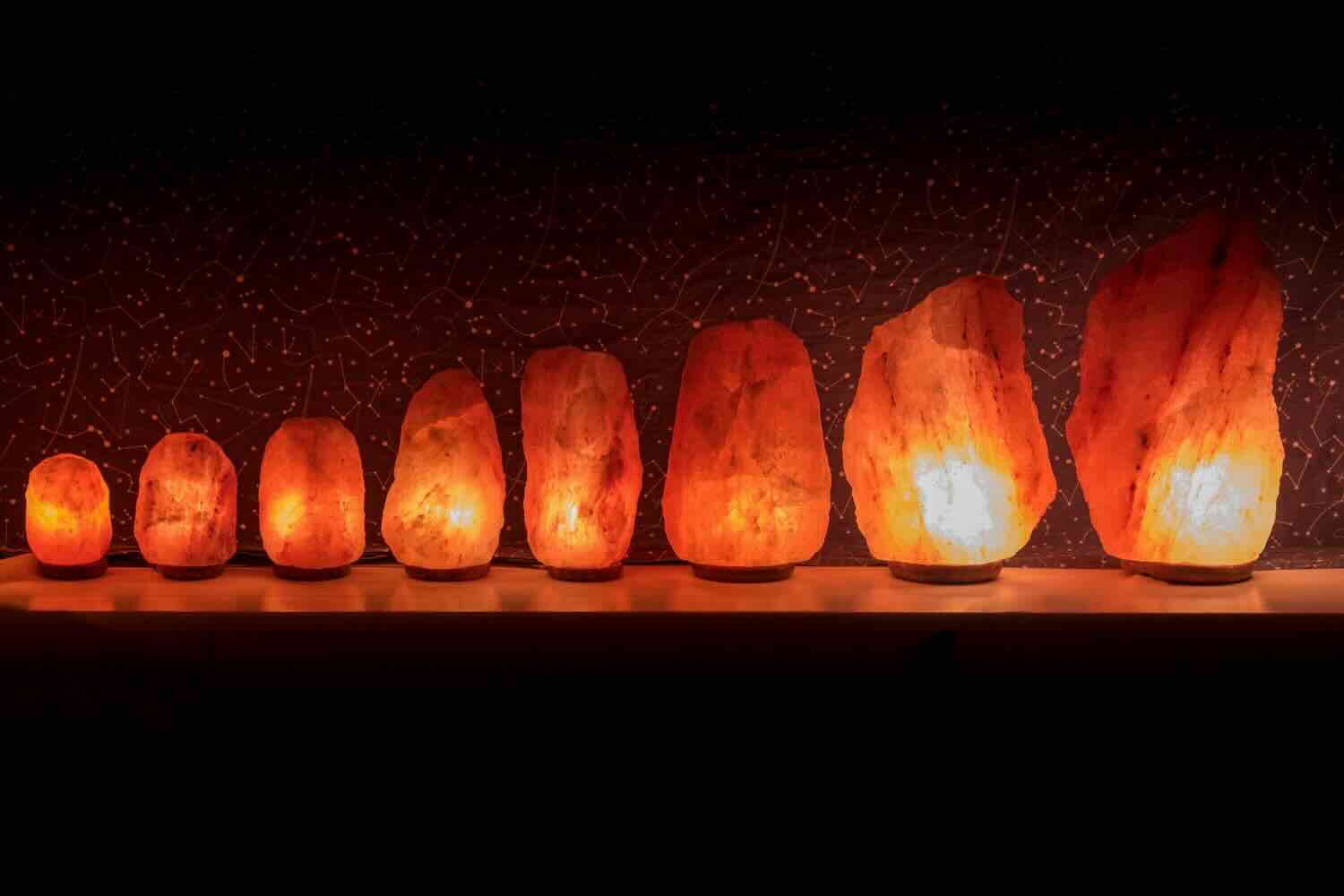
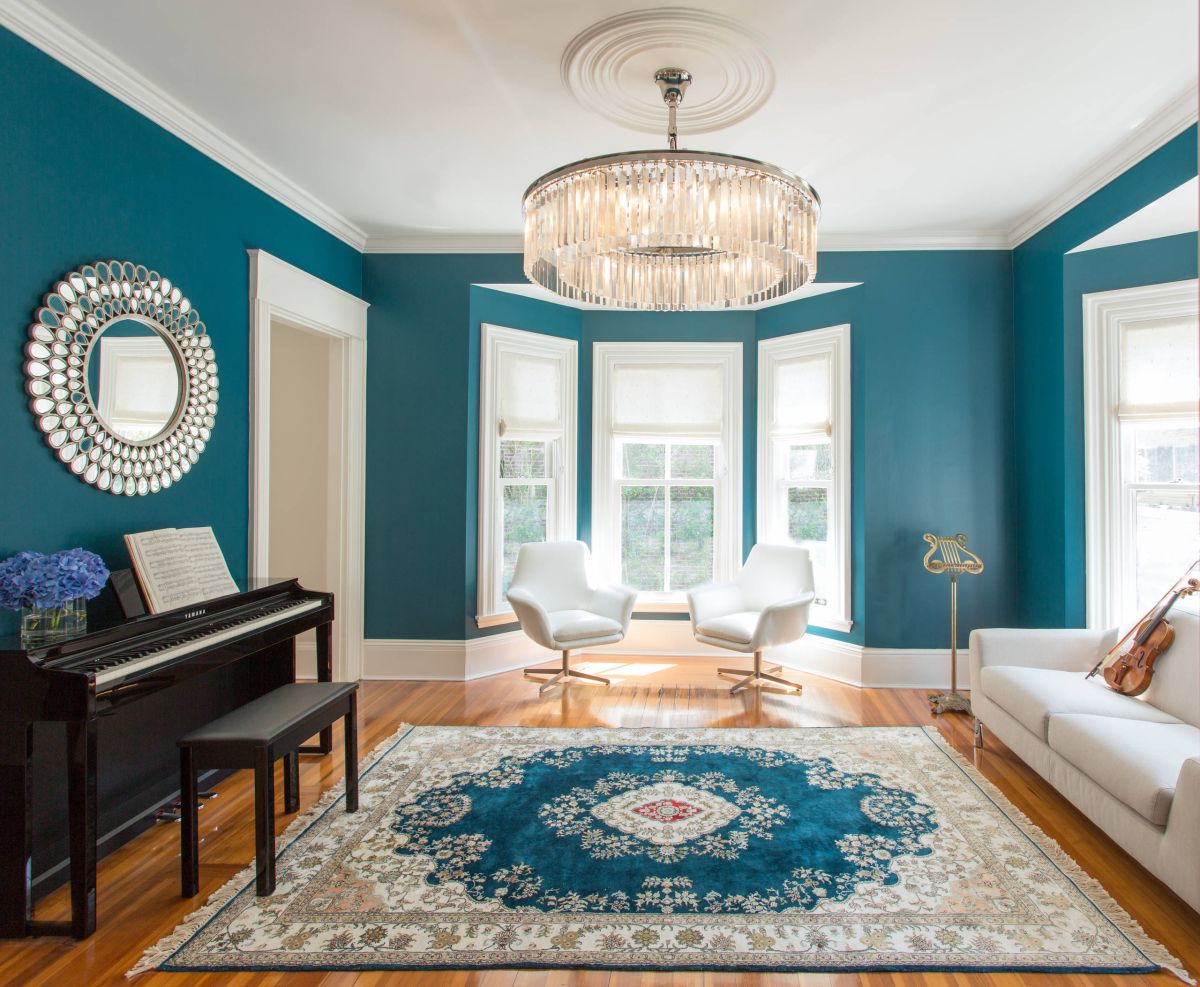
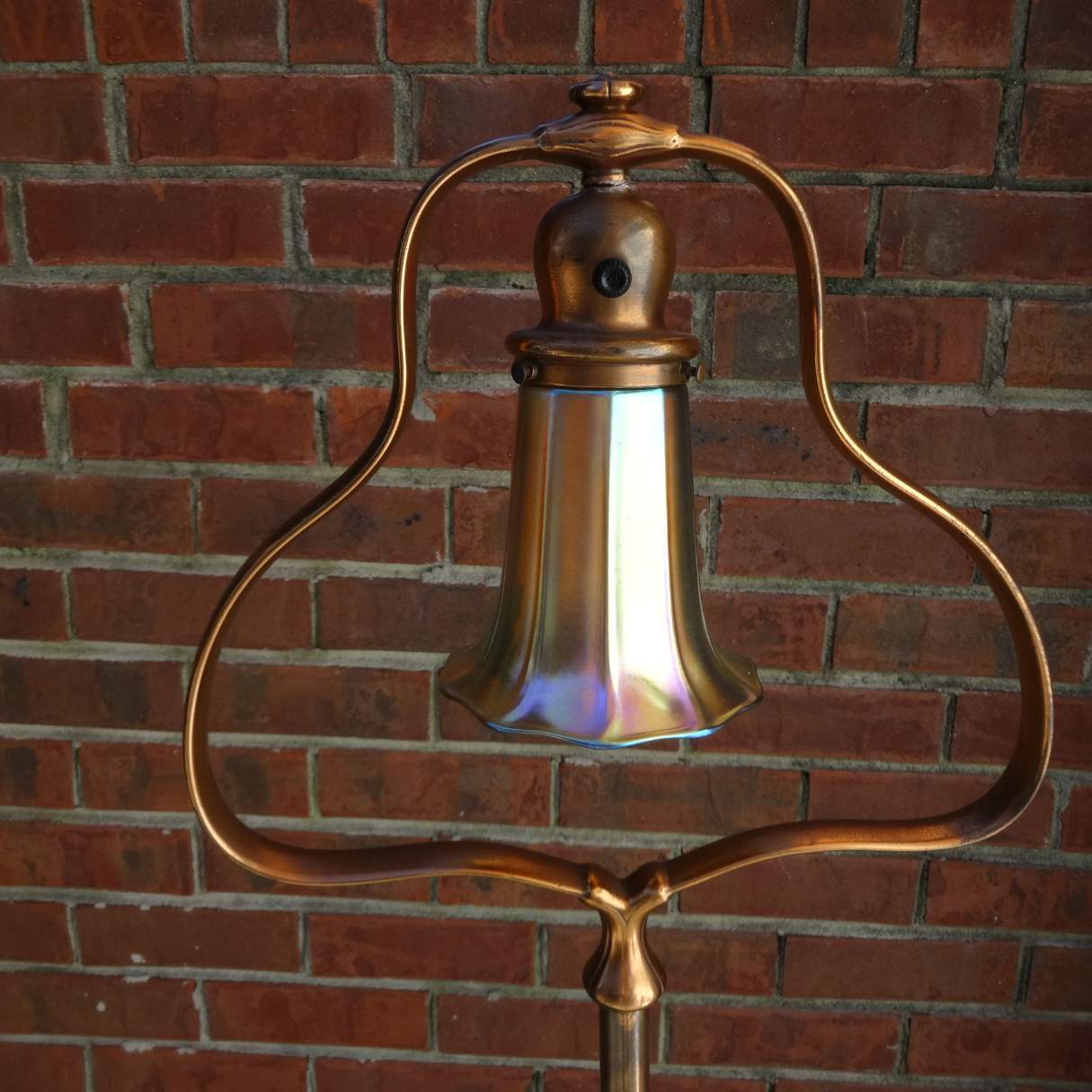
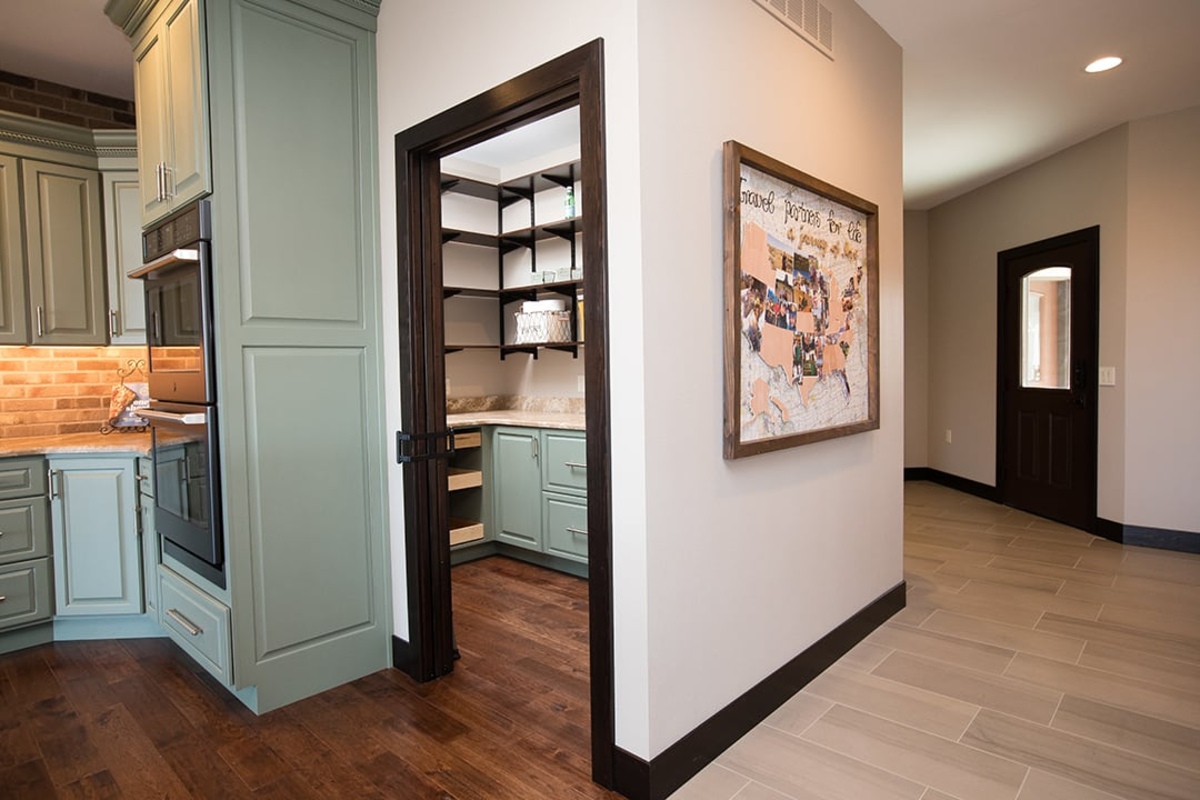
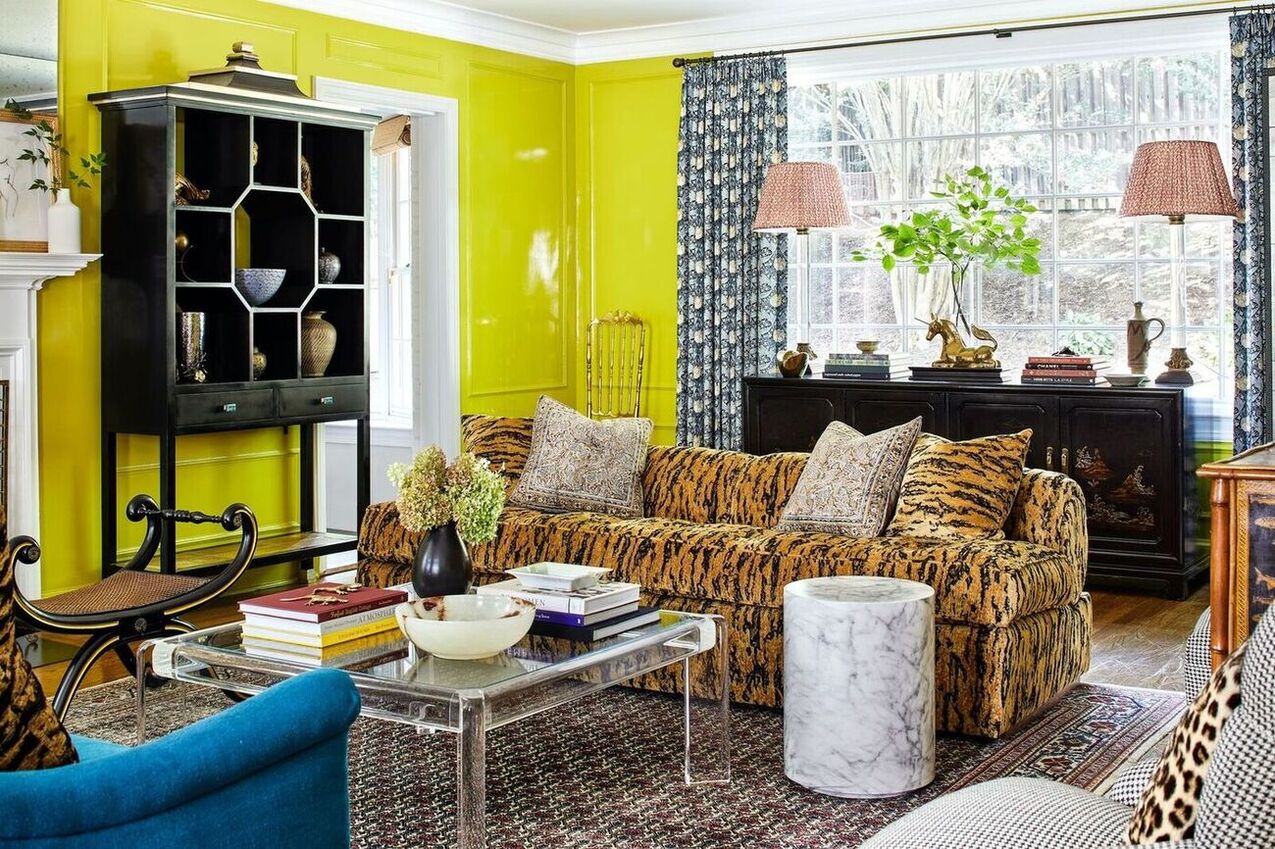
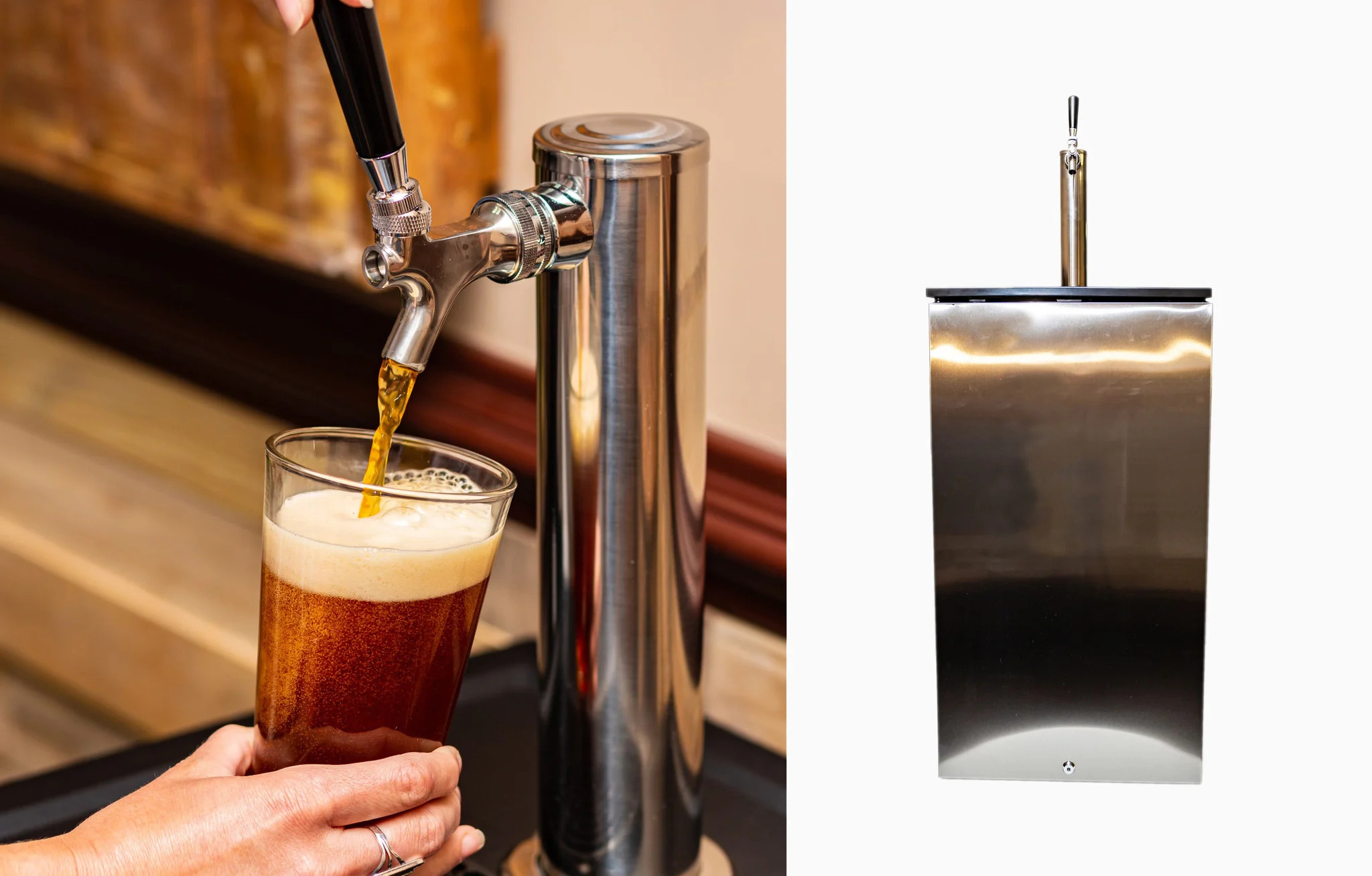

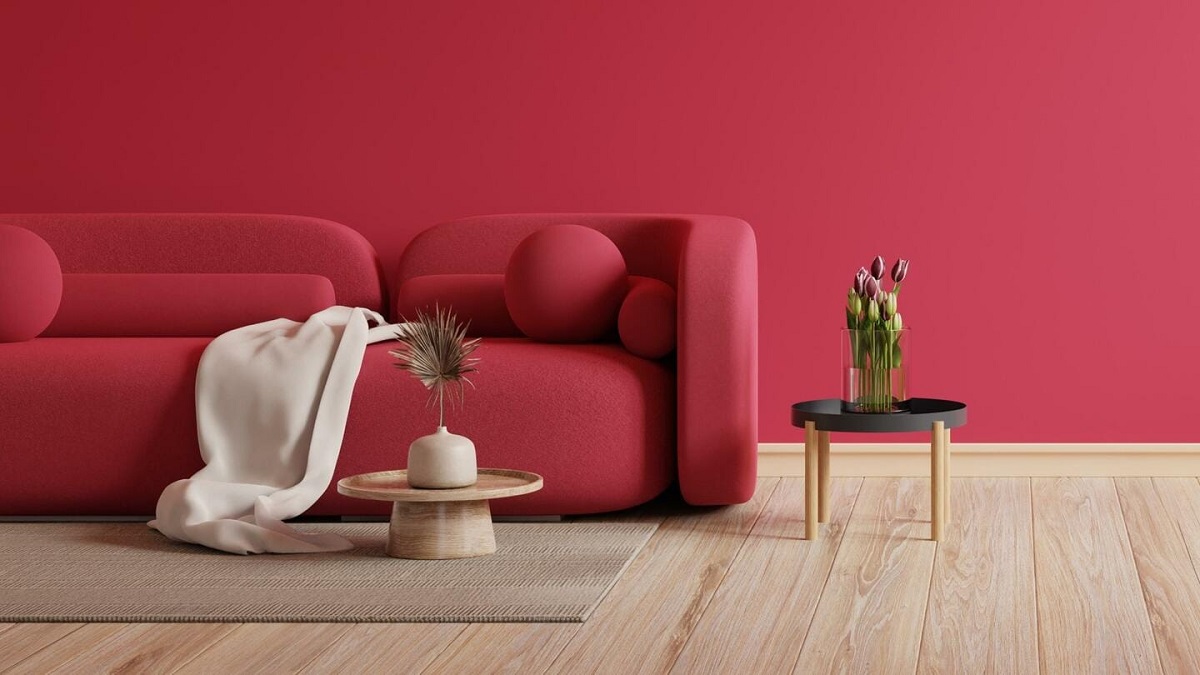

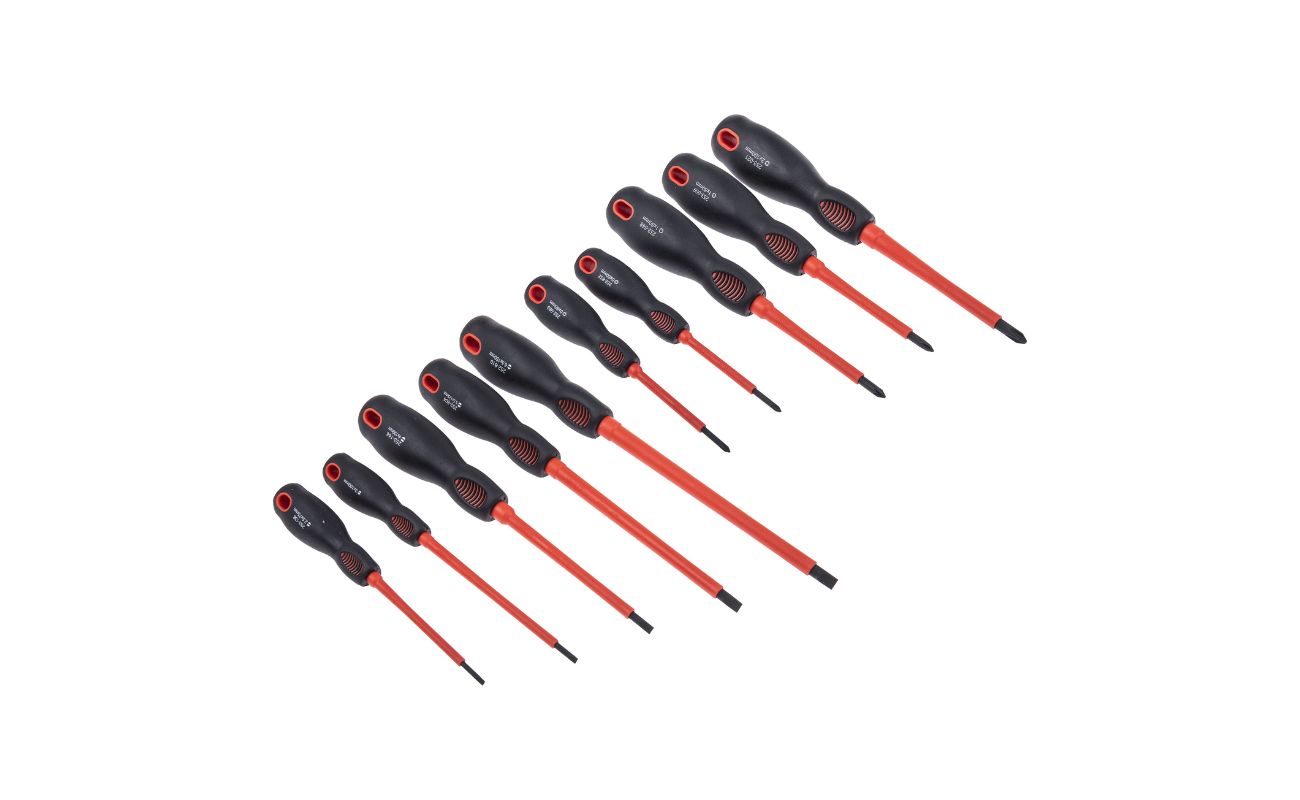

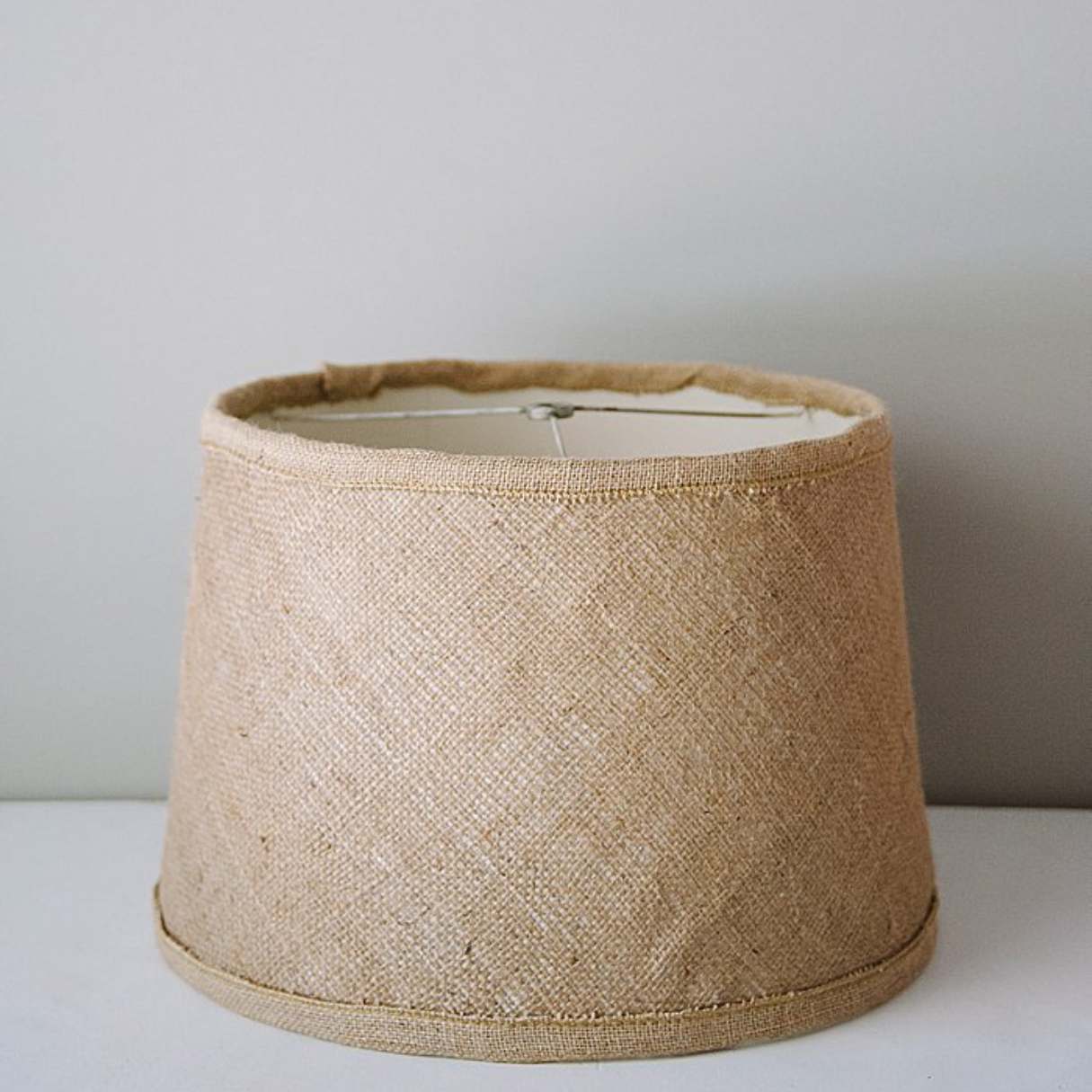
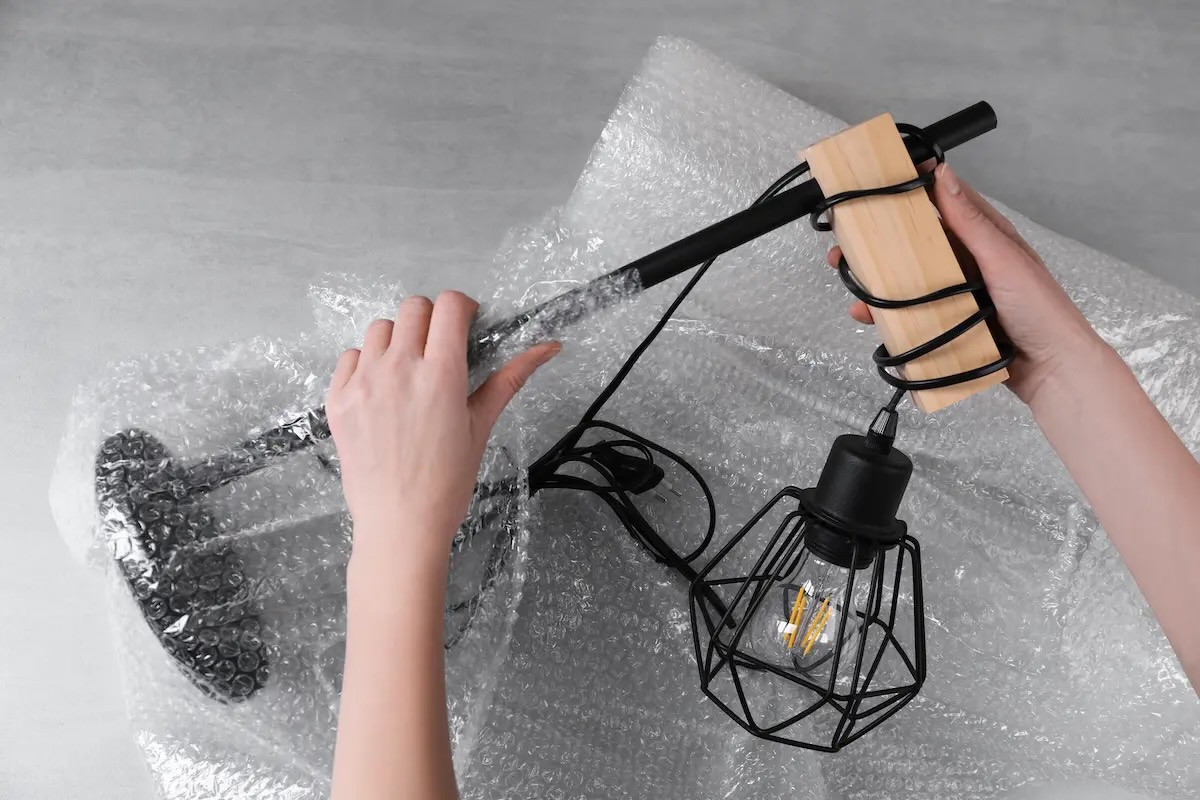


0 thoughts on “How To Know What Size Of Lamp Shade You Need”